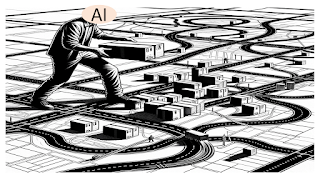AI, RAN and Delay-Doppler - How Cohere does it

Agreed. The title has too many nouns! Each of the nouns is important though, as we will find out. Allow me to explain. So this article is a profile of Cohere Technologies . Cohere features in our report “AI and RAN – How fast will they run”. As you would now guess, Cohere Technologies specializes in using the Delay-Doppler channel model. It uses this model in software to MU-MIMO enable existing FDD and TDD networks. What does the model do? This model leverages AI/ML for detection, estimation, prediction and precoding of channels. What does the term ‘Delay-Doppler' mean? It is easy to misinterpret this phrase as a special use-case of the Doppler effect – it is not. Cohere uses the word ‘delay’ as a shorthand for distance and the word ‘Doppler’ for velocity. Cohere postulates that tapping the channel simultaneously for time delay and Doppler effect provides a unique profile of the signal path from the antenna to the user – specifically, the scattering of signal and its causes can b...






